The Impact of Technological Innovation: Big Data and AI
Technological advancements like Big Data and AI are transforming urban morphology, offering real-time insights into infrastructure, environment, and human behavior, thus improving urban systems and quality of life (Moudon, 1997).
- AI in Urban Morphology: AI and machine learning analyze urban morphology indicators to predict energy consumption and solar potential (Moudon, 1997).
- Heritage Preservation: AI enhances the accuracy of historical urban models and conservation strategies (Moudon, 1997).
- Computer Vision: Machine learning algorithms process large image datasets, supporting urban planning (Moudon, 1997).
However, challenges like data privacy, algorithmic bias, and high costs remain (Hillier, 1996).
rban Morphology’s Role in Climate Change Adaptation and Resilience
Urban morphology is crucial in making cities resilient to climate challenges such as flooding and heatwaves (Hillier & Hanson, 1984).
- Flood Reduction in Ho Chi Minh City: Proposals for permeable green spaces mitigate flooding (Hillier, 1996).
- Green Infrastructure: Methods for integrating green infrastructure help reduce heat island effects (Hillier, 1996).
The Continuing Importance of Interdisciplinary Collaboration
Integrating historical analysis with AI and Big Data is essential for tackling urban challenges (Moudon, 1997).

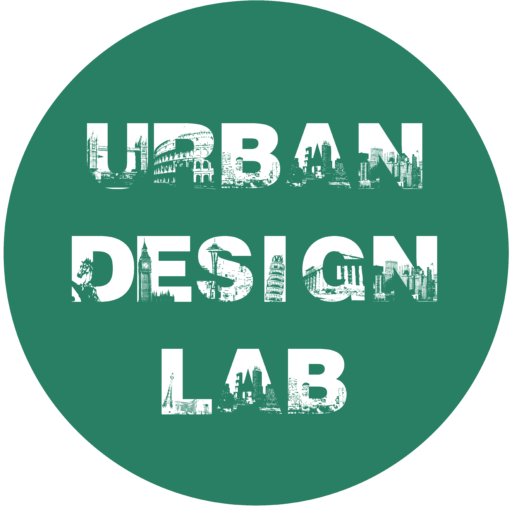
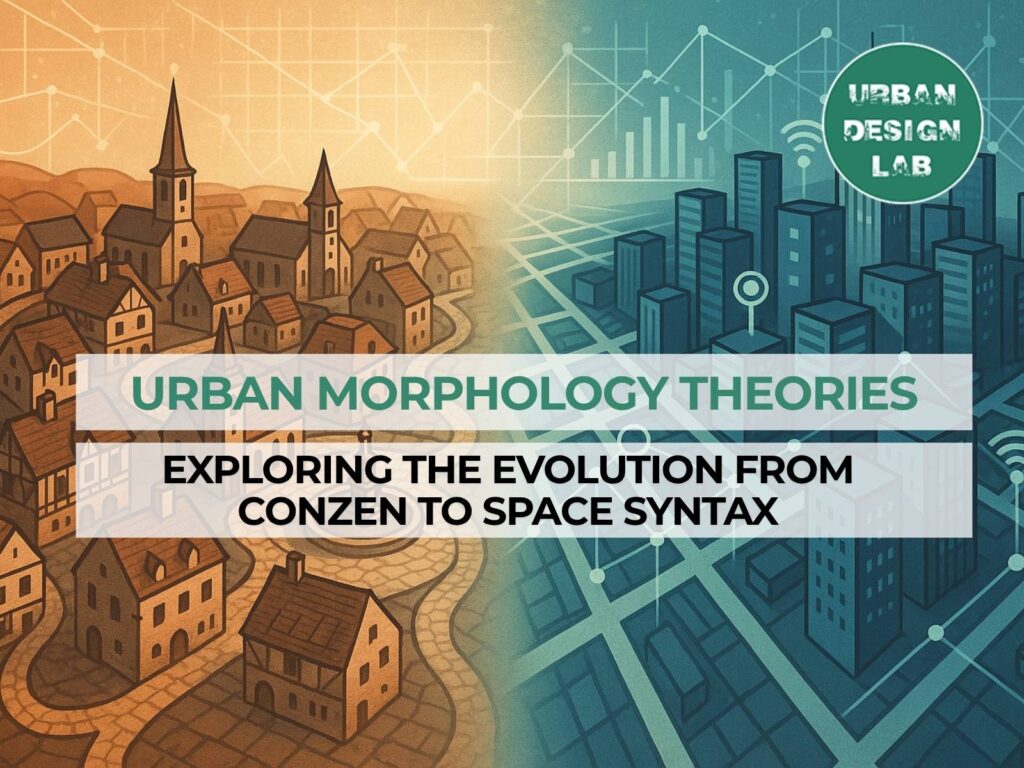
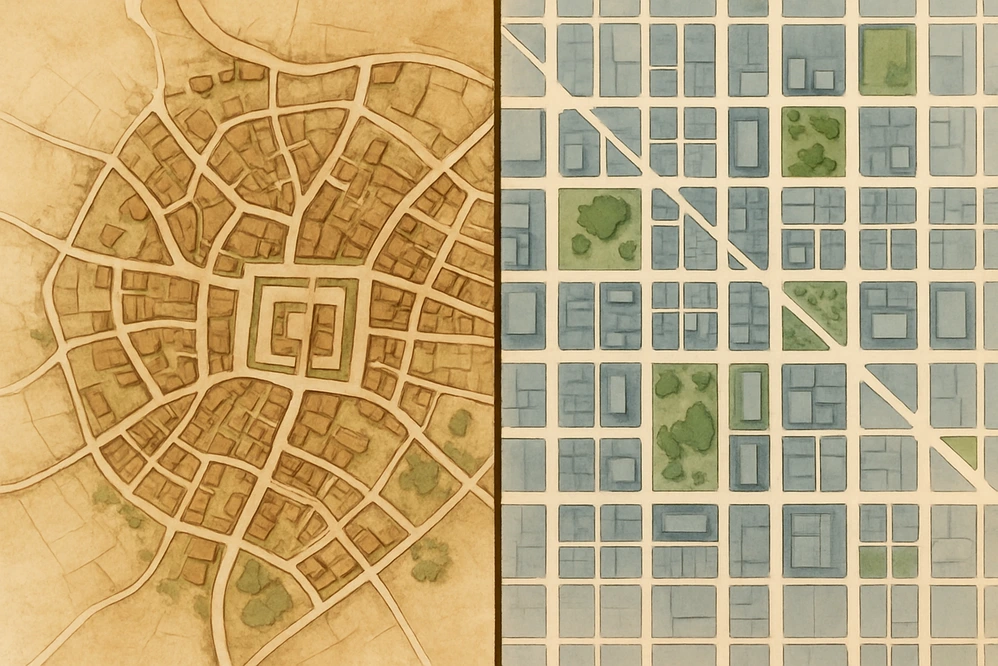
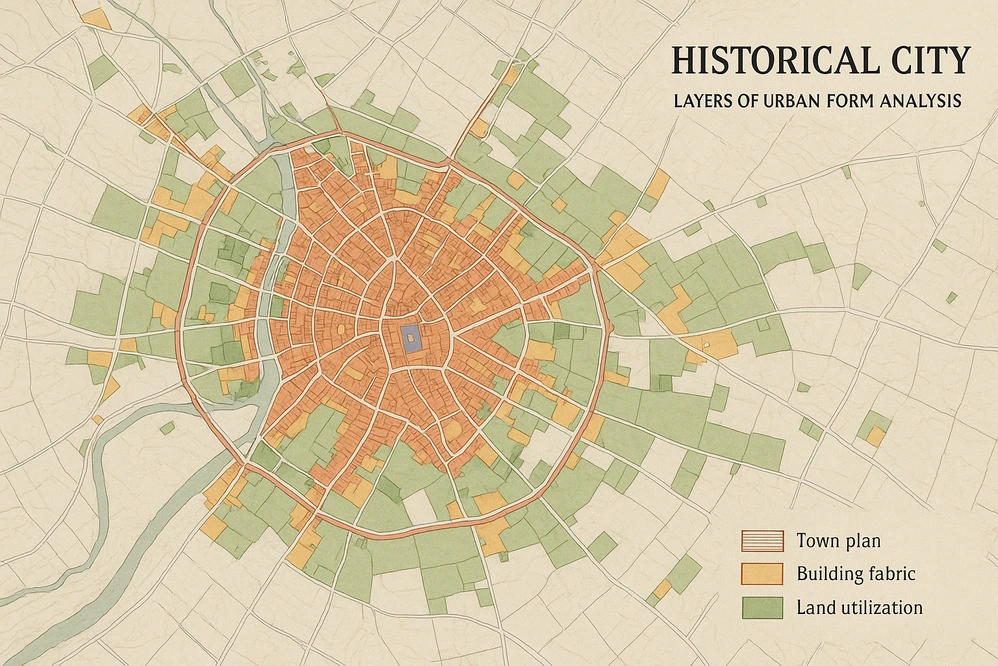
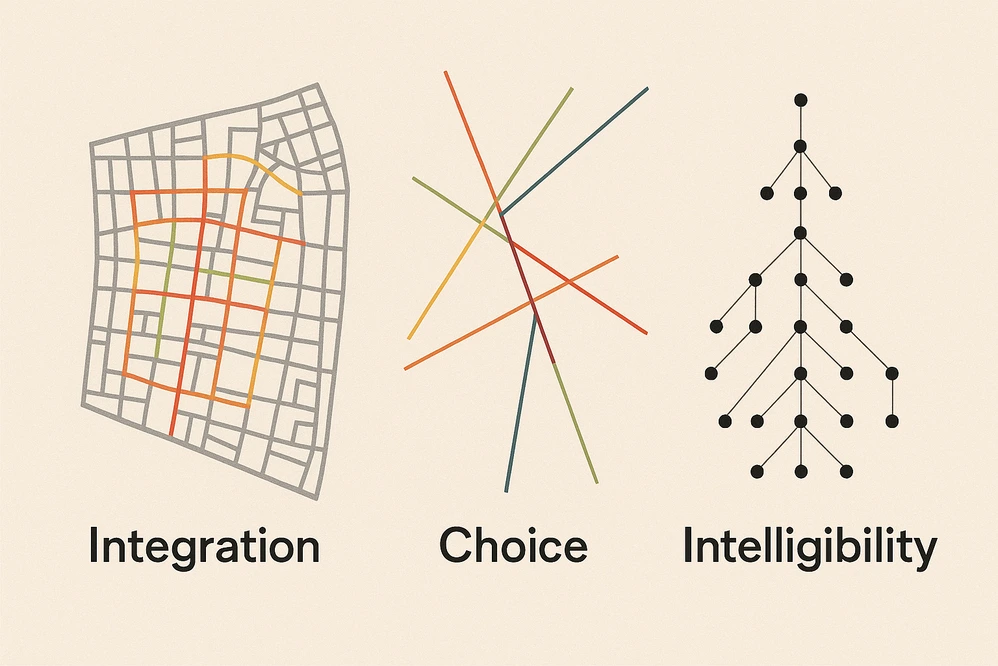
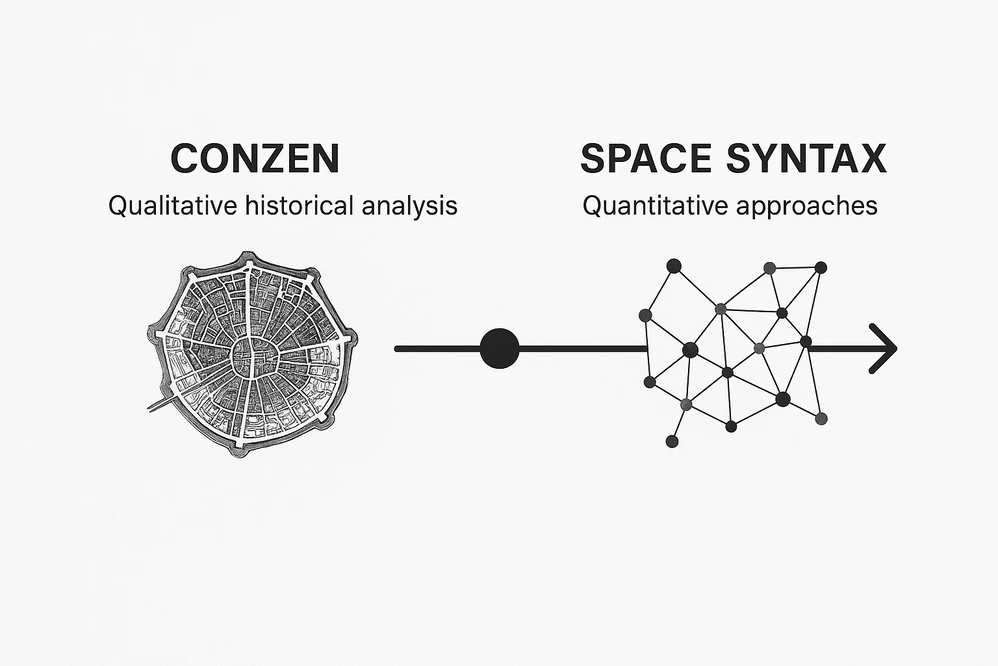
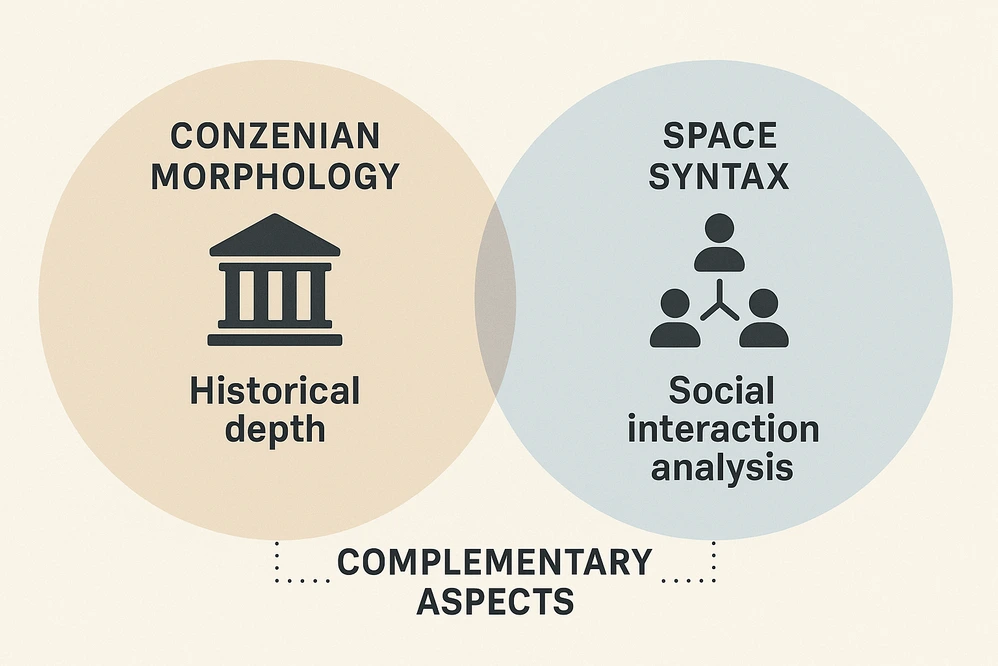
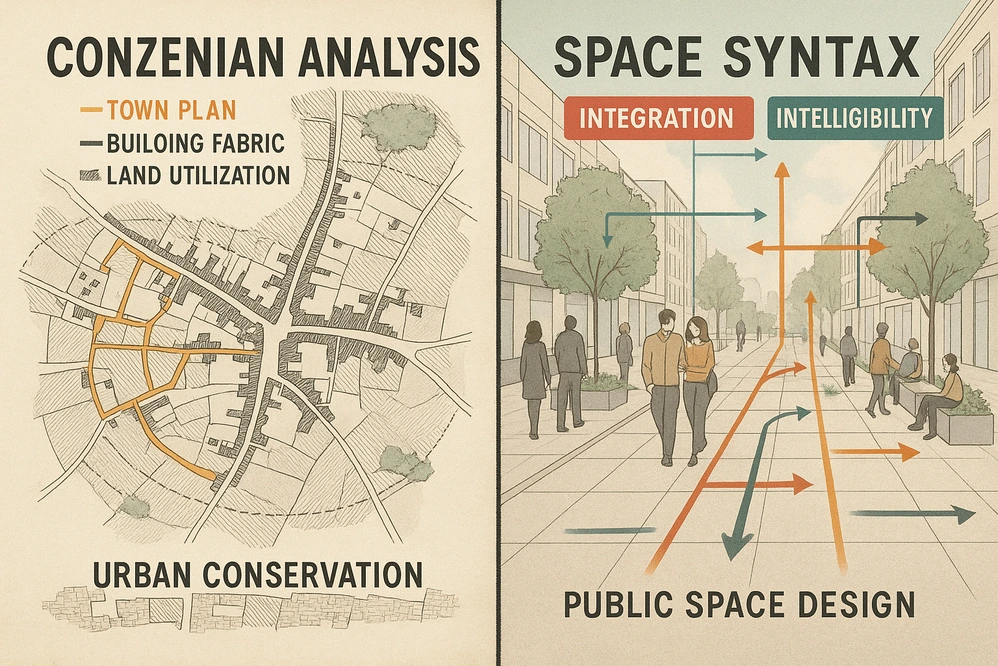






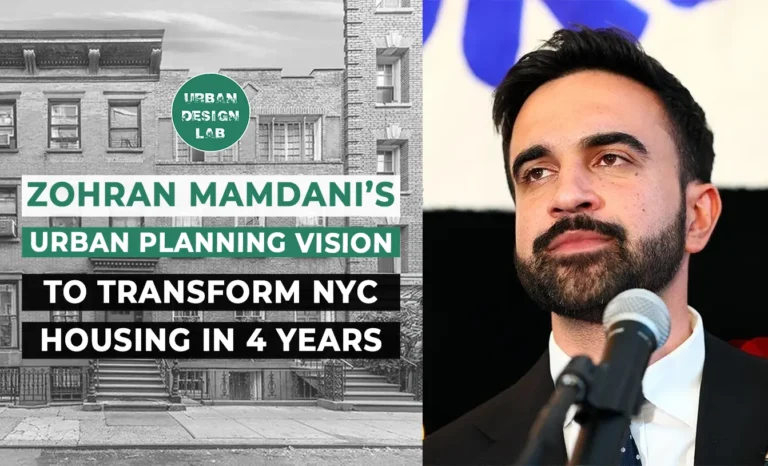
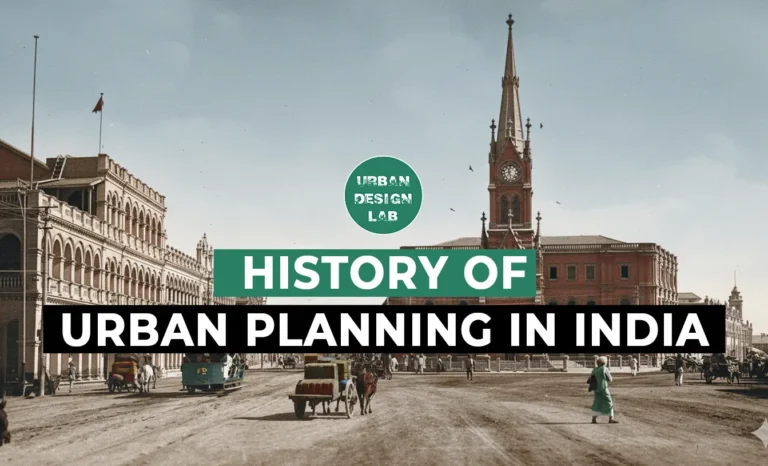
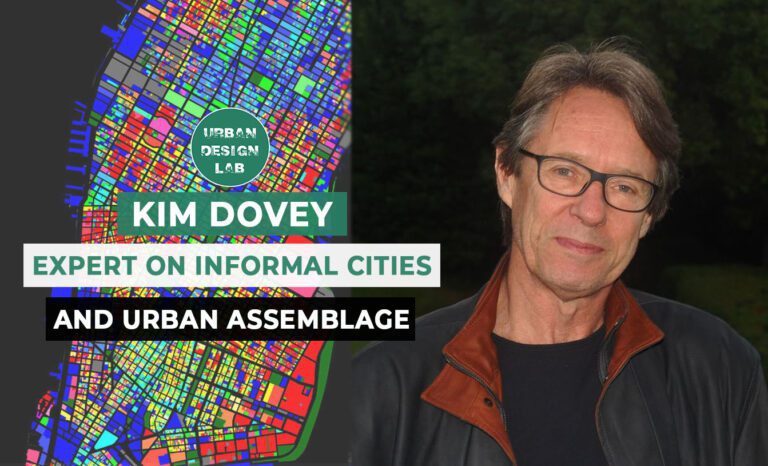
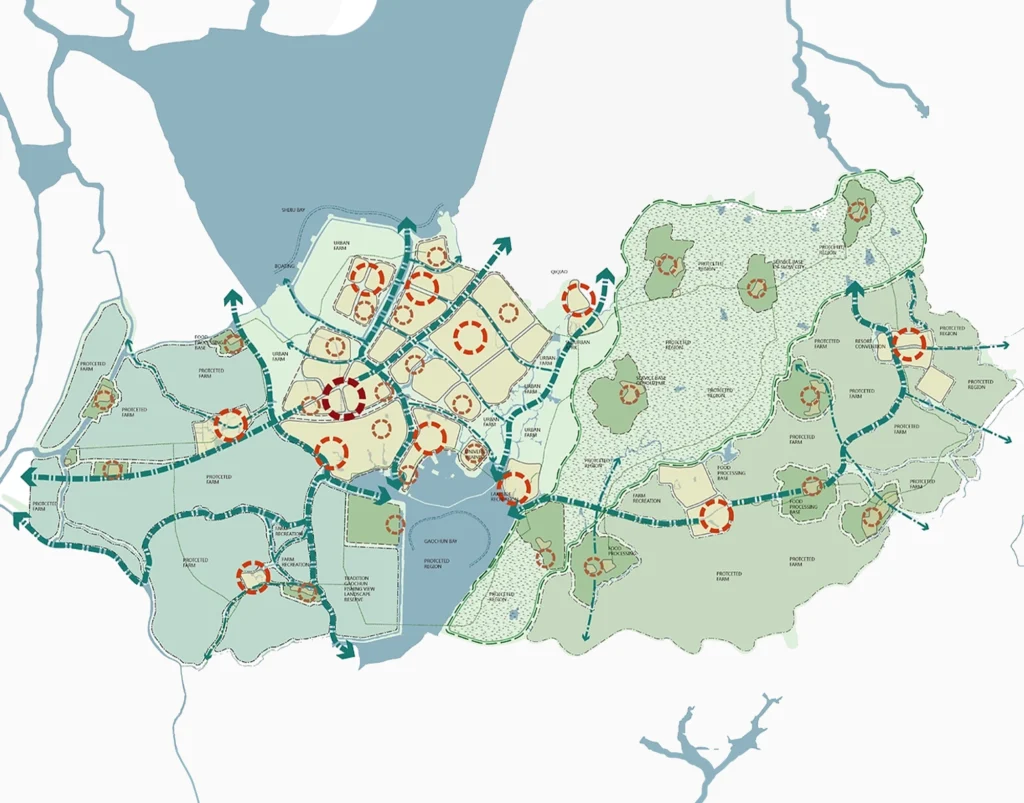
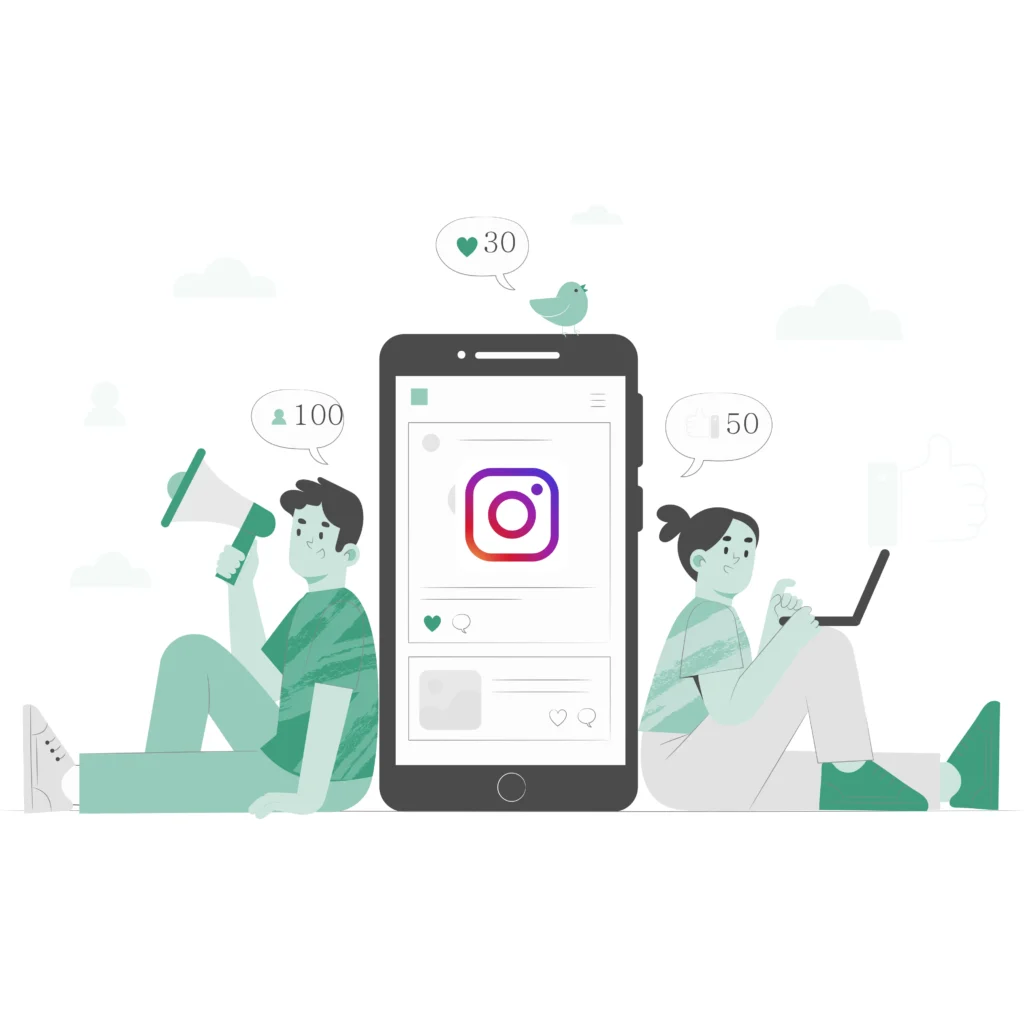

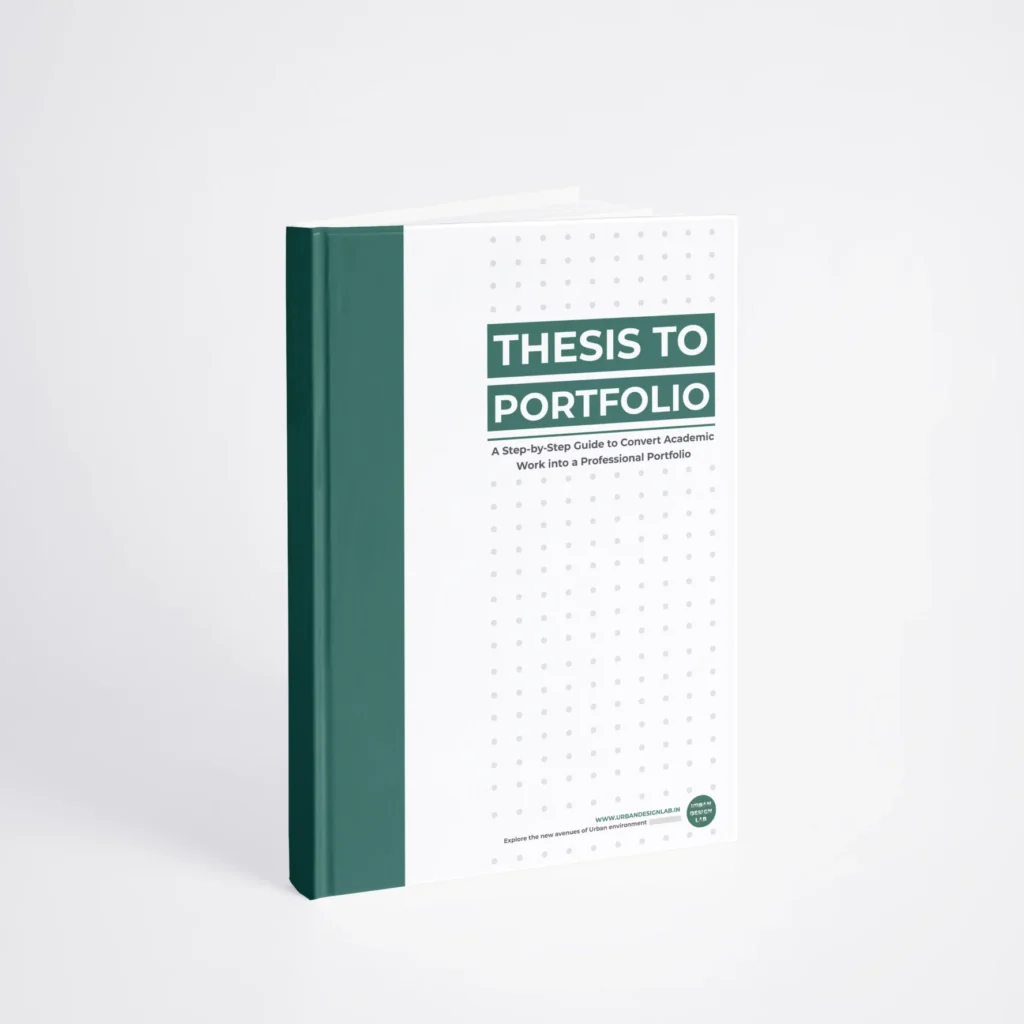
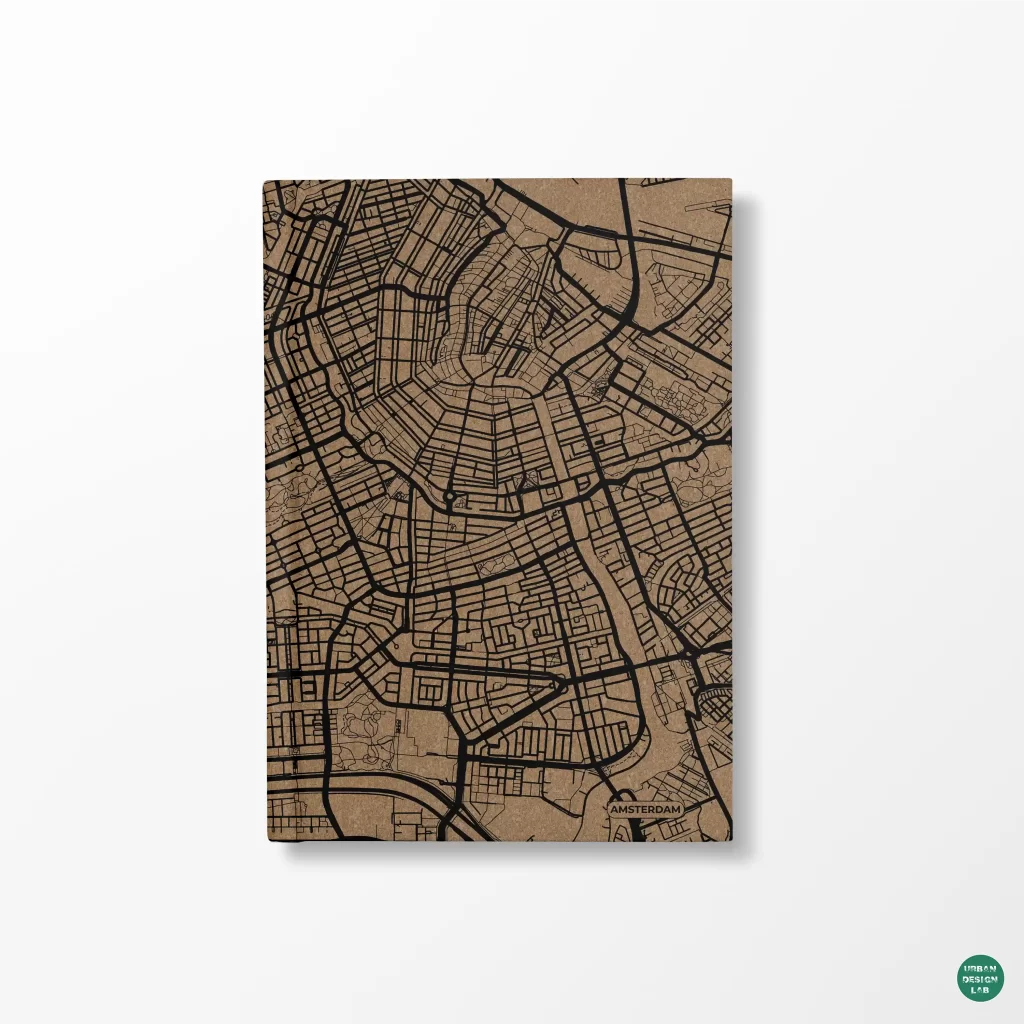
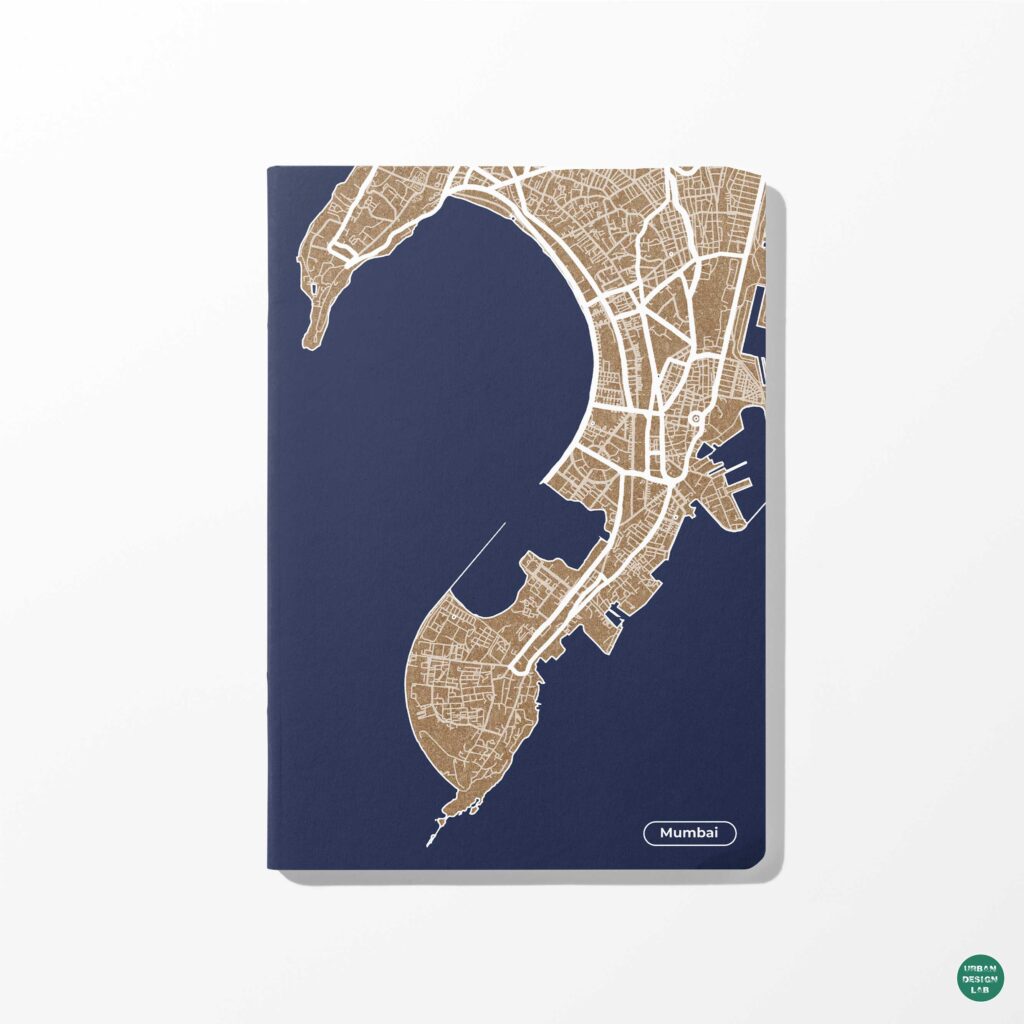

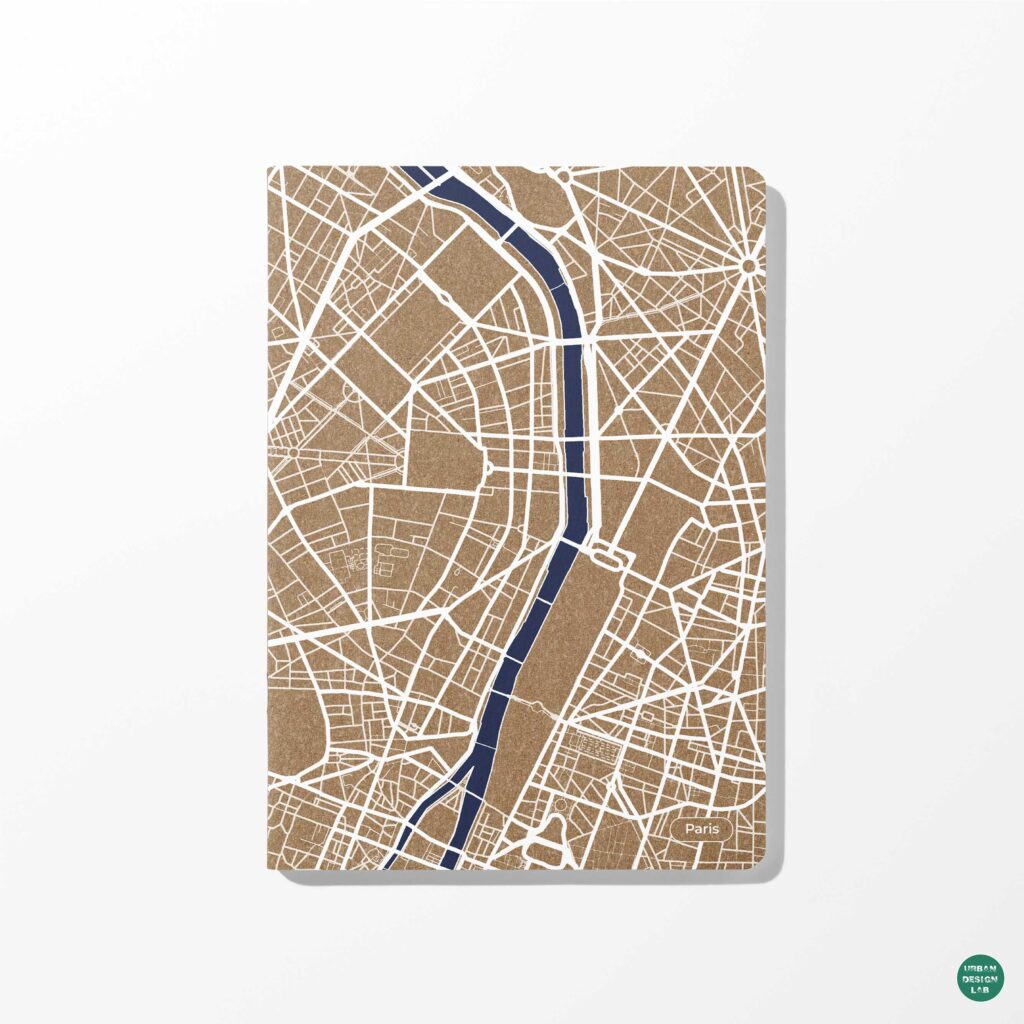
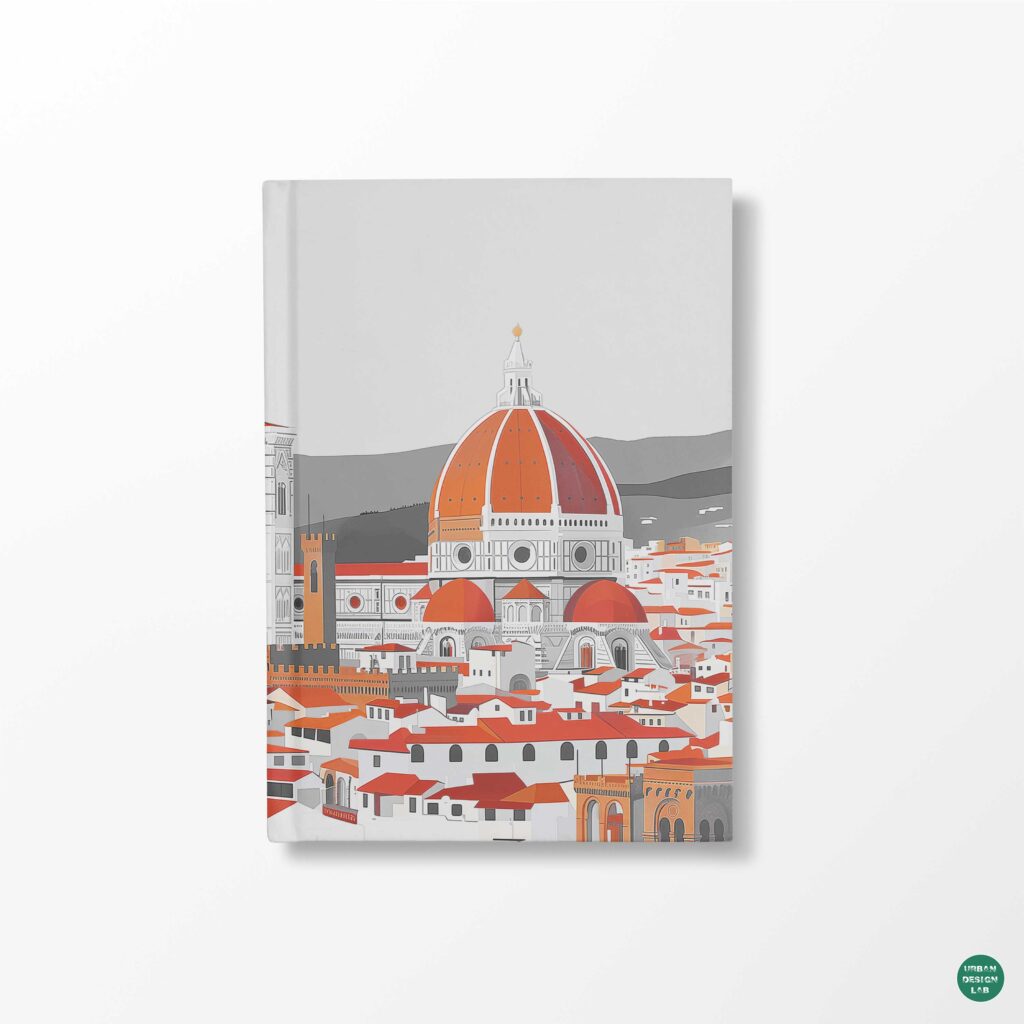
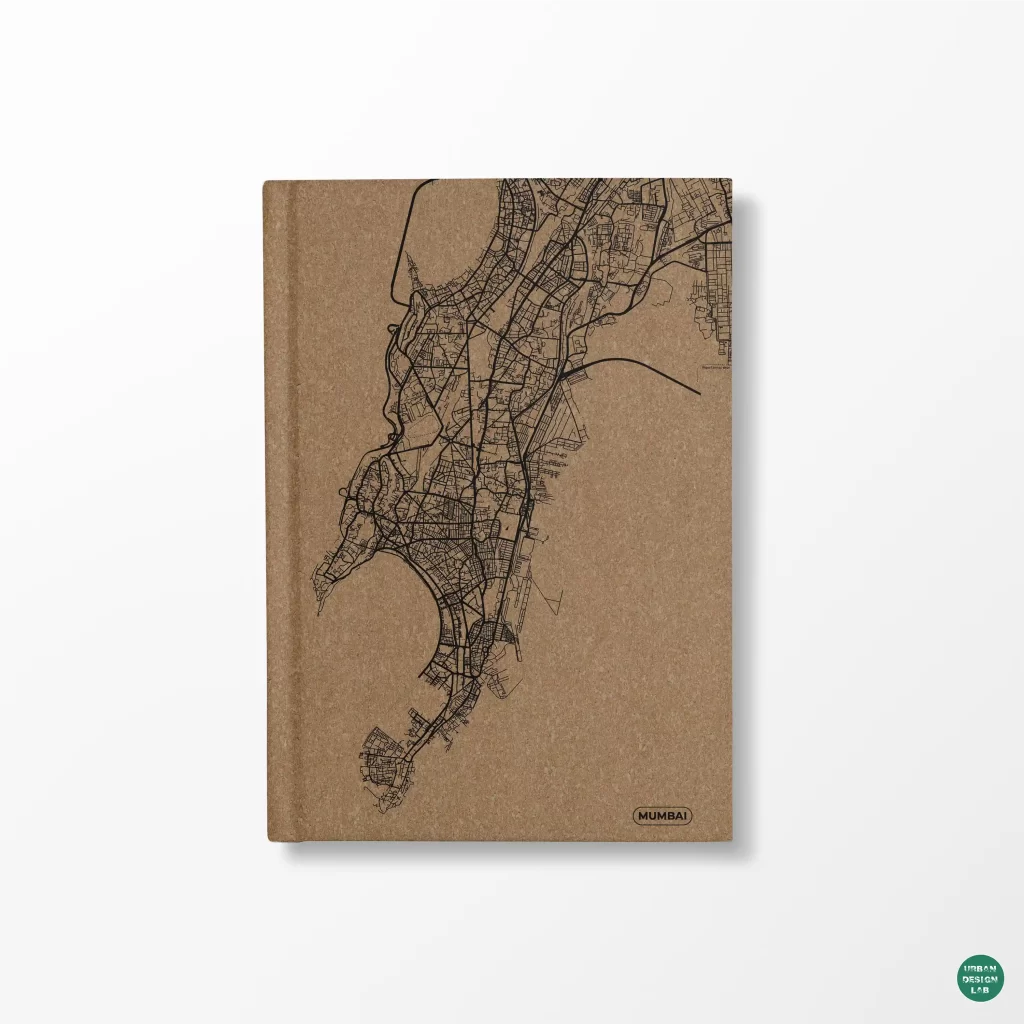
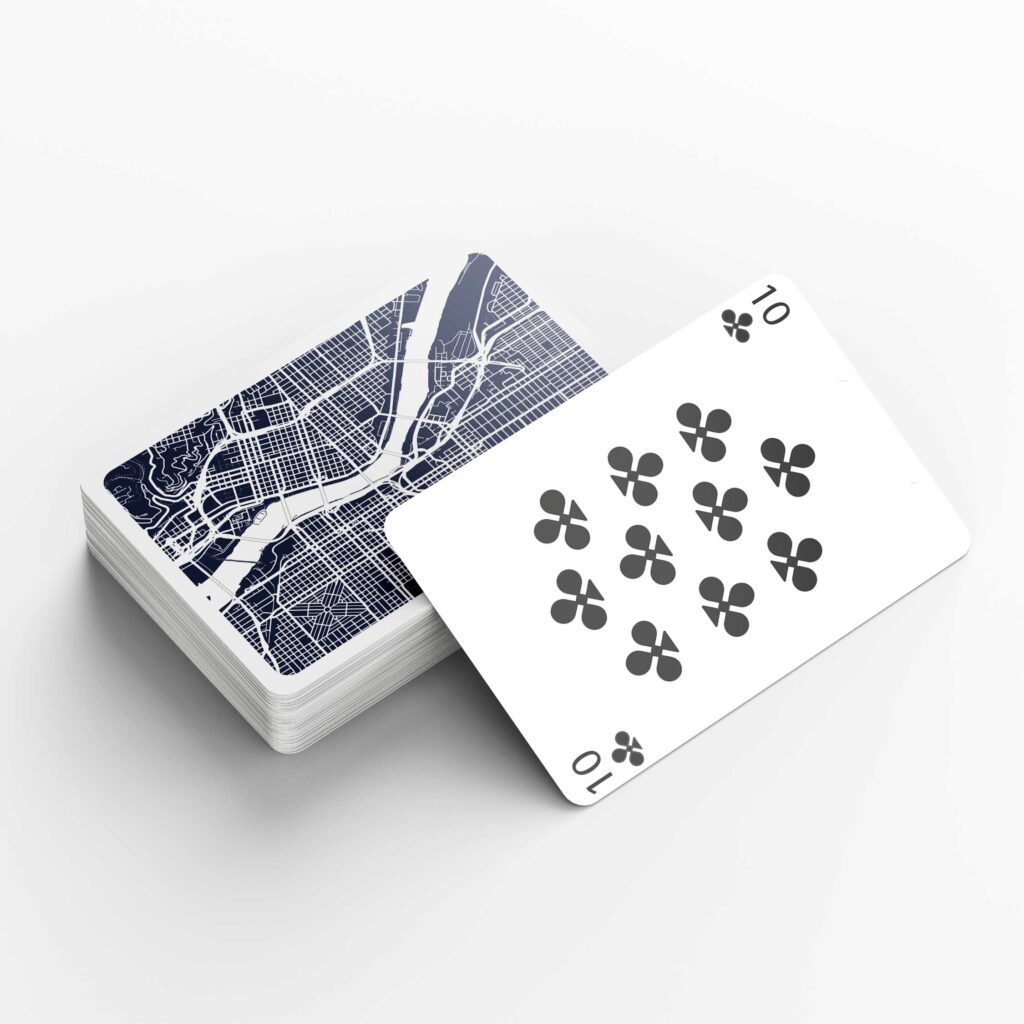
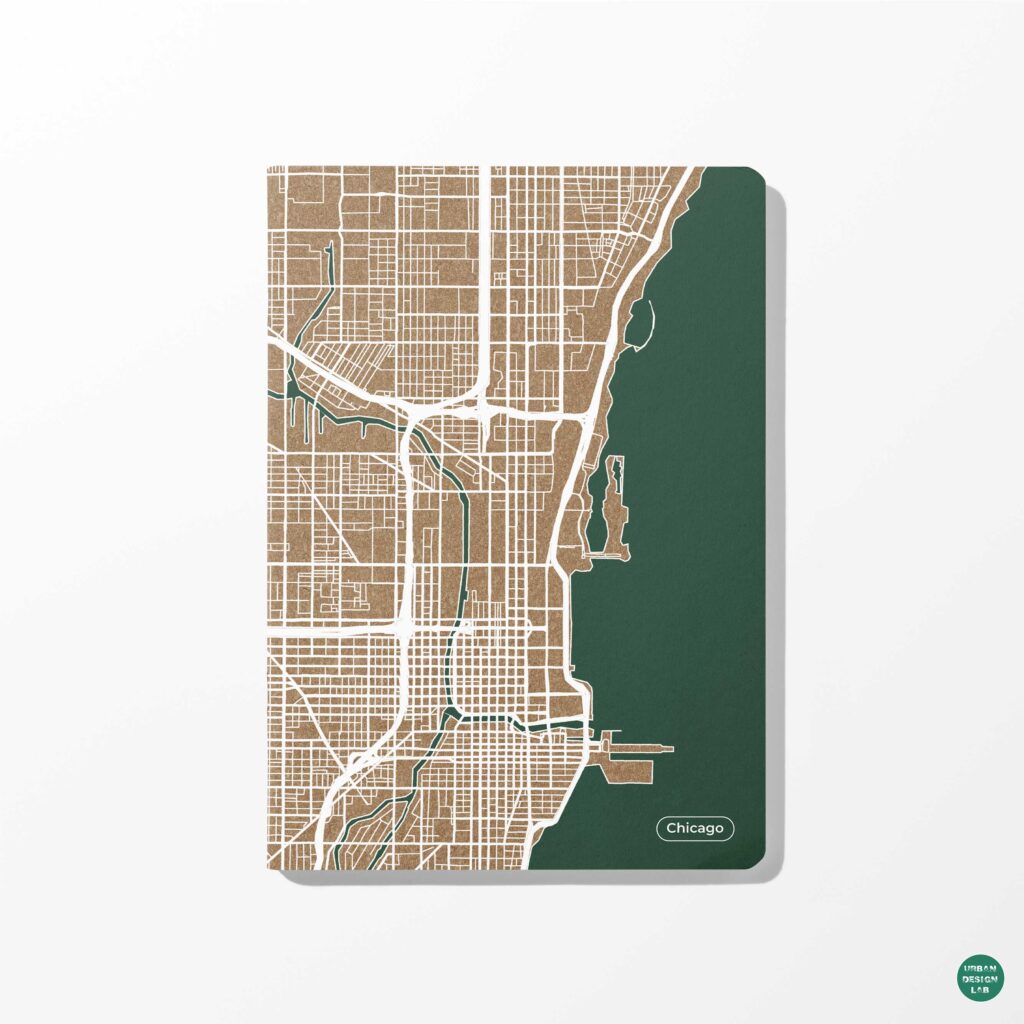

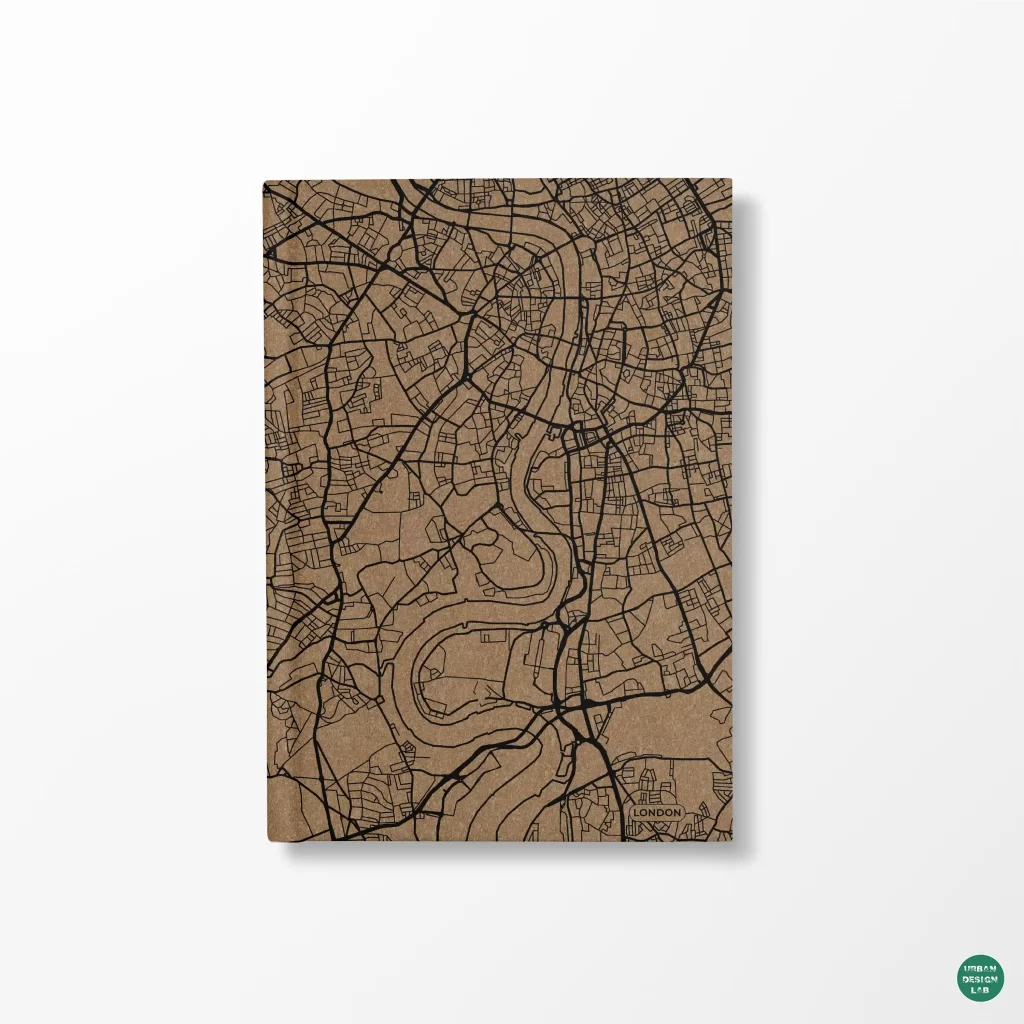
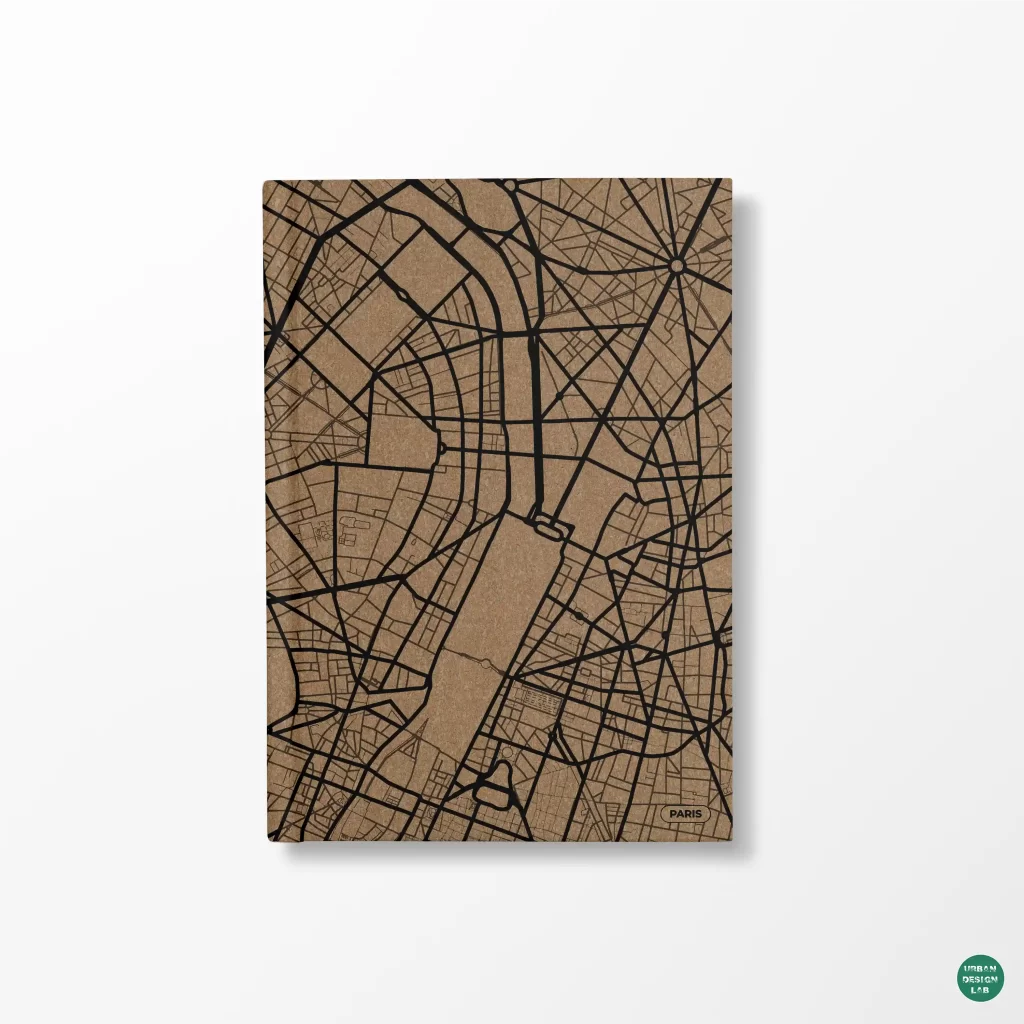
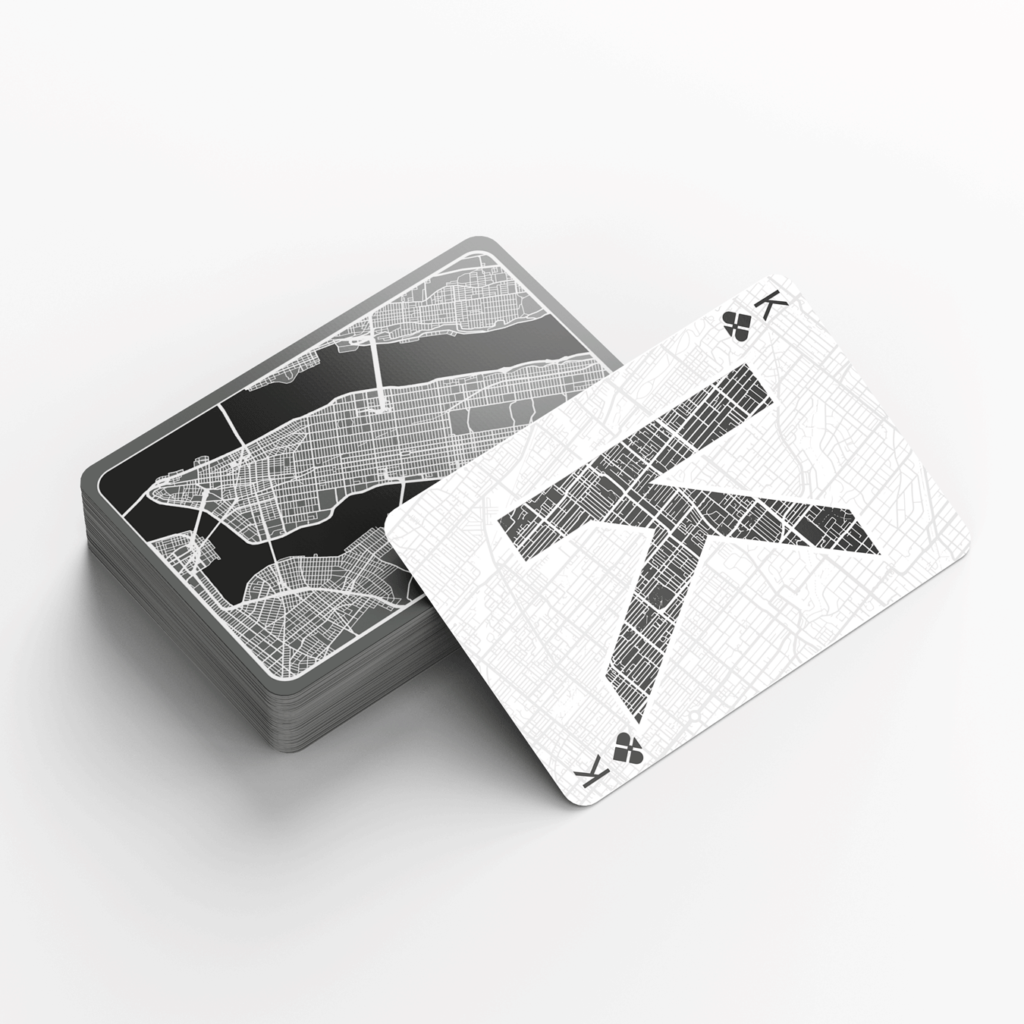
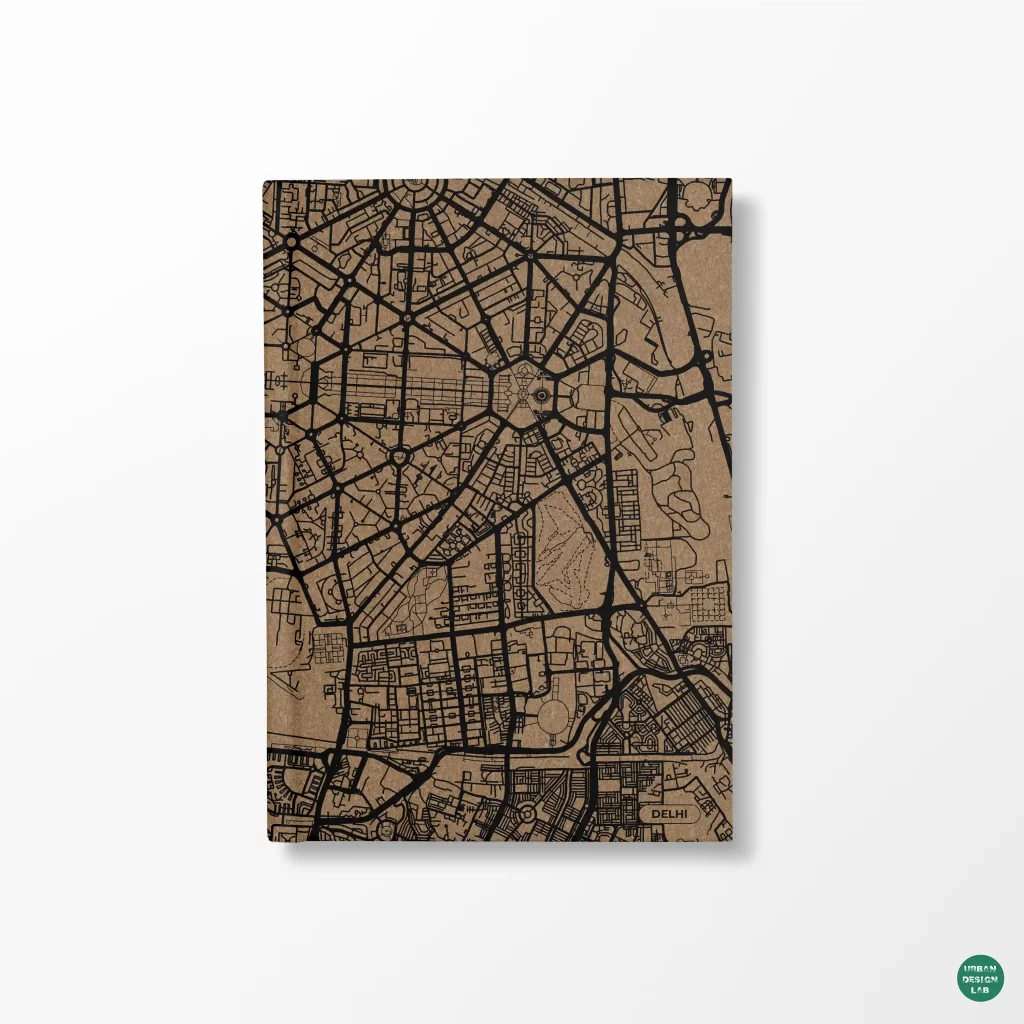
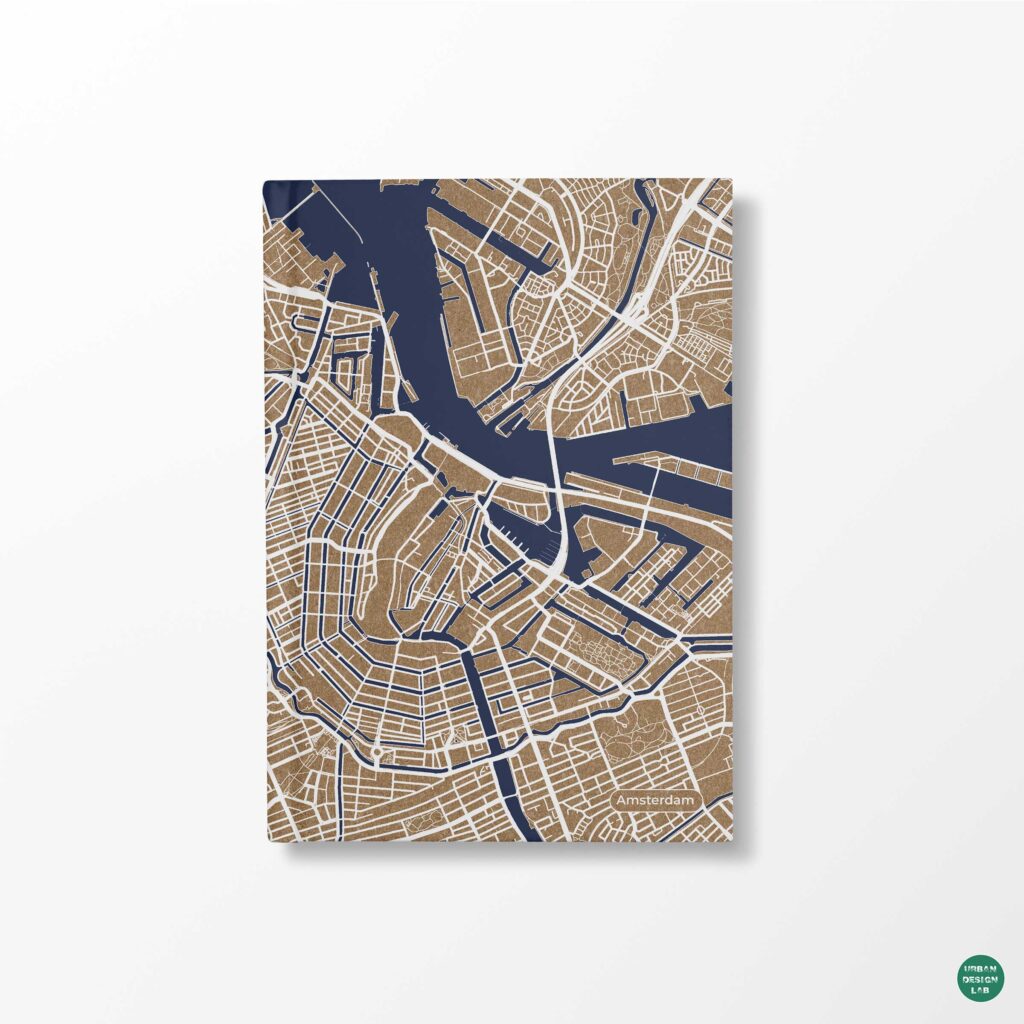
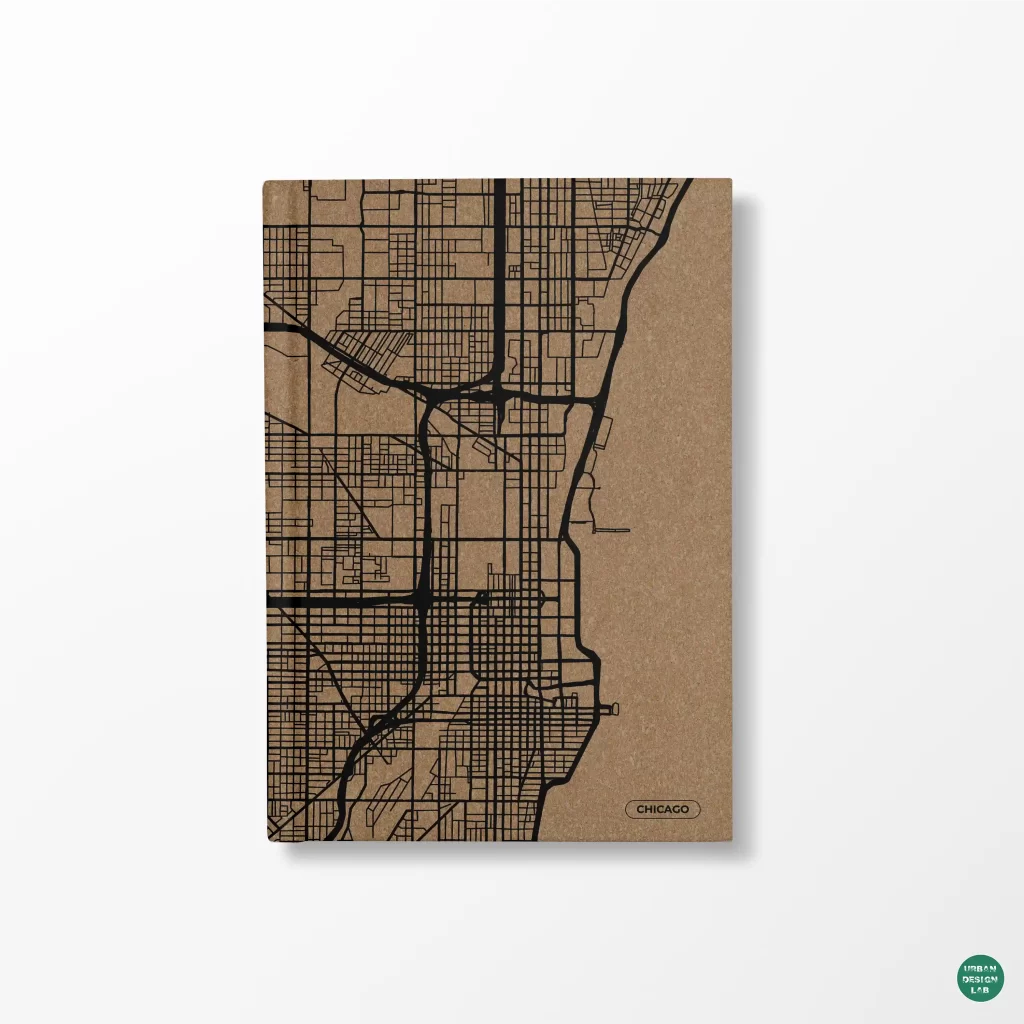

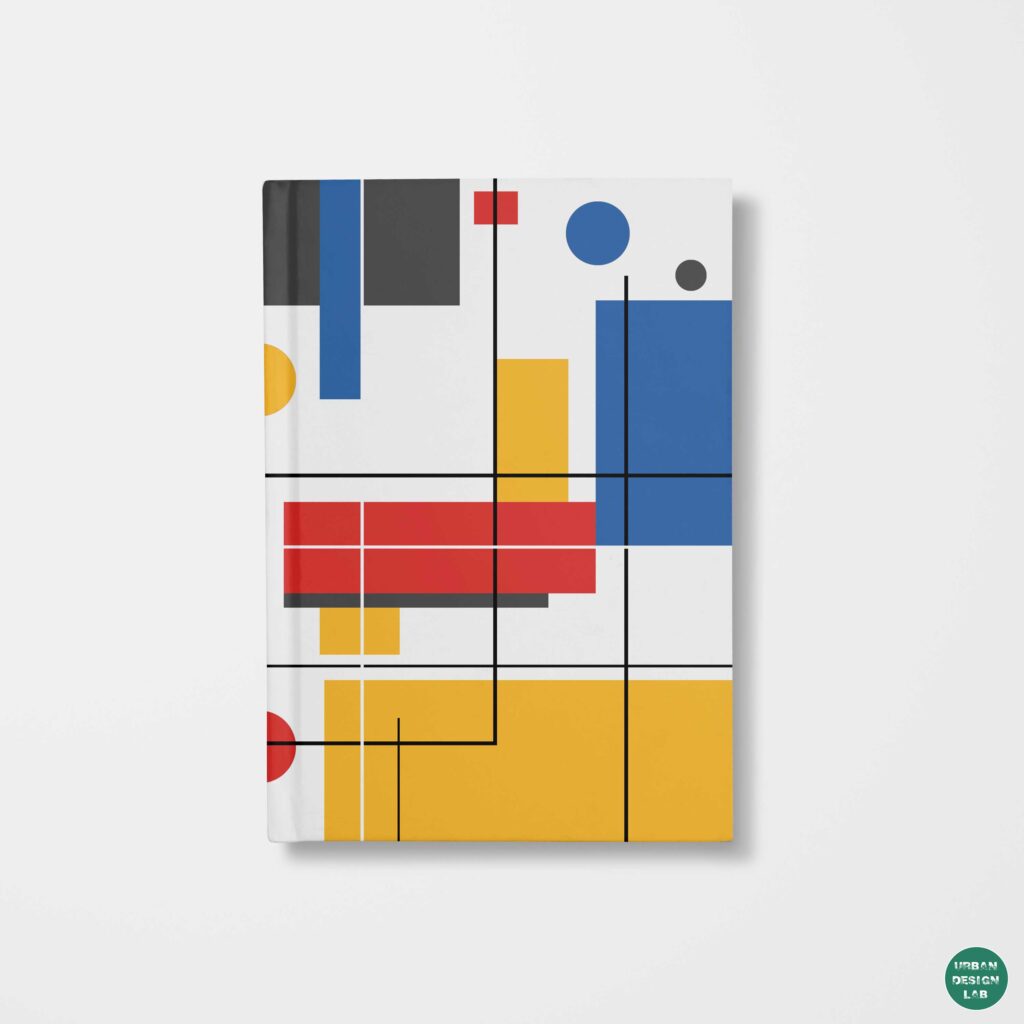


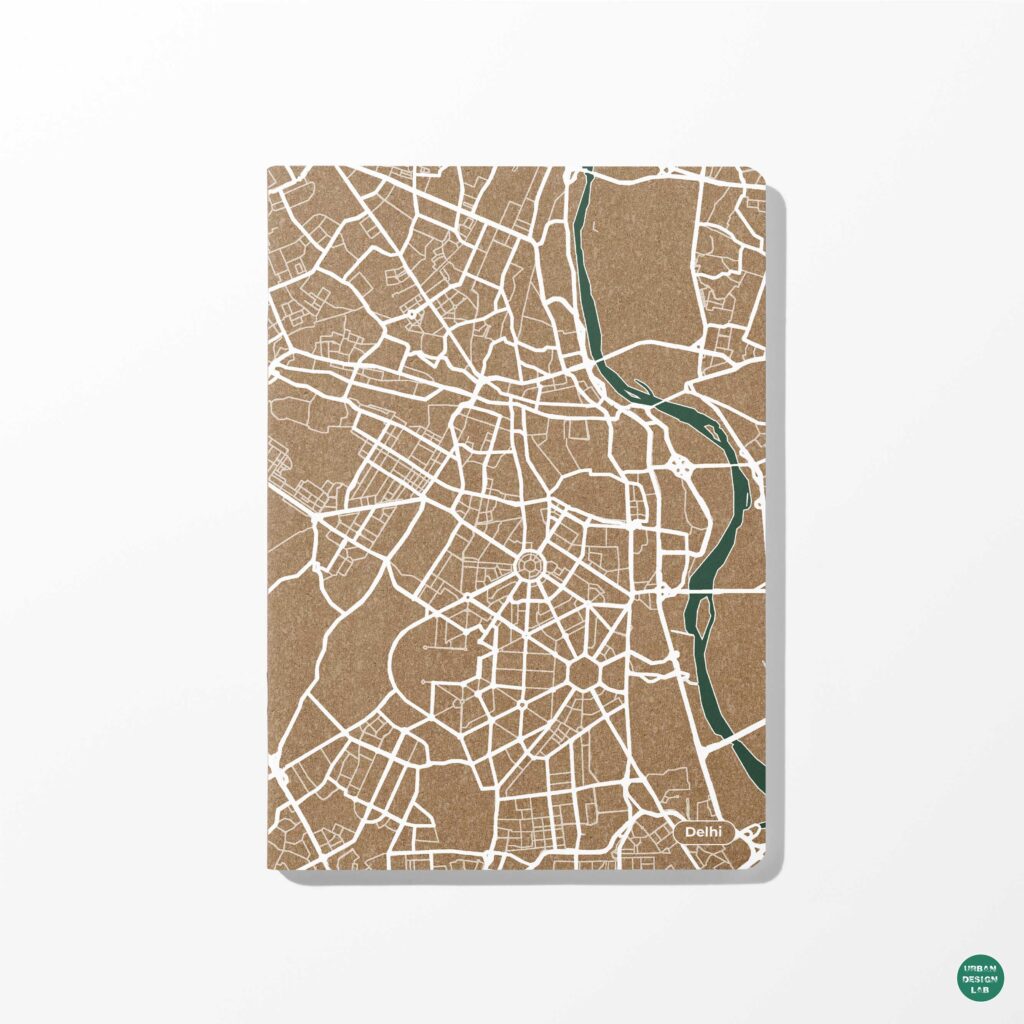
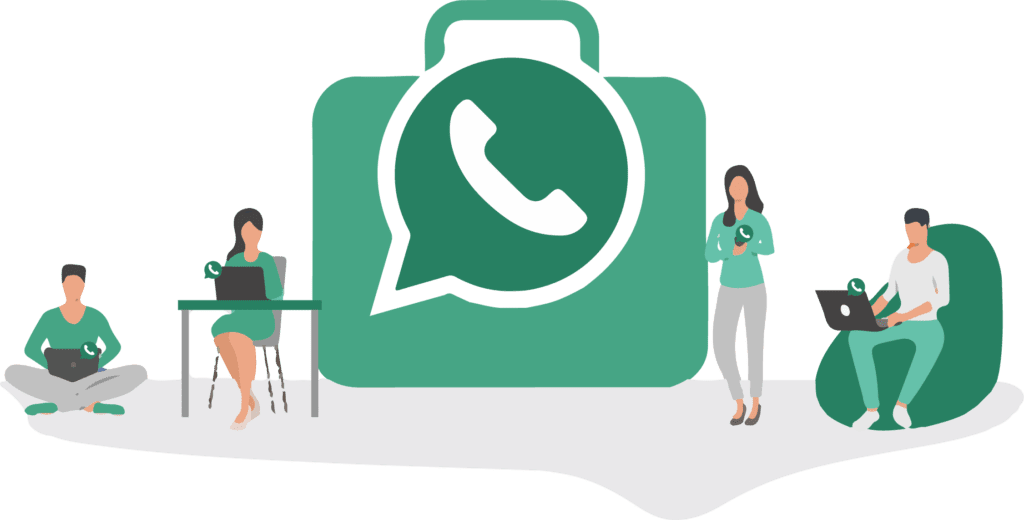
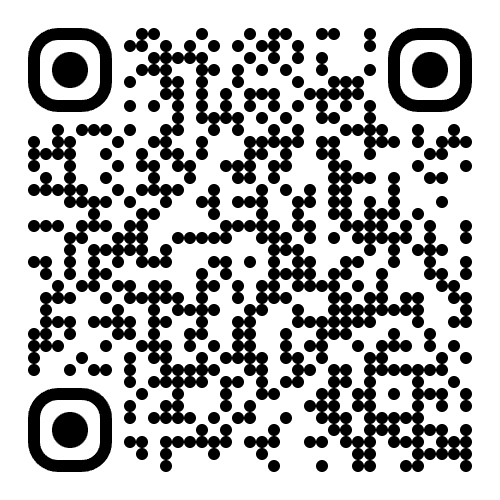

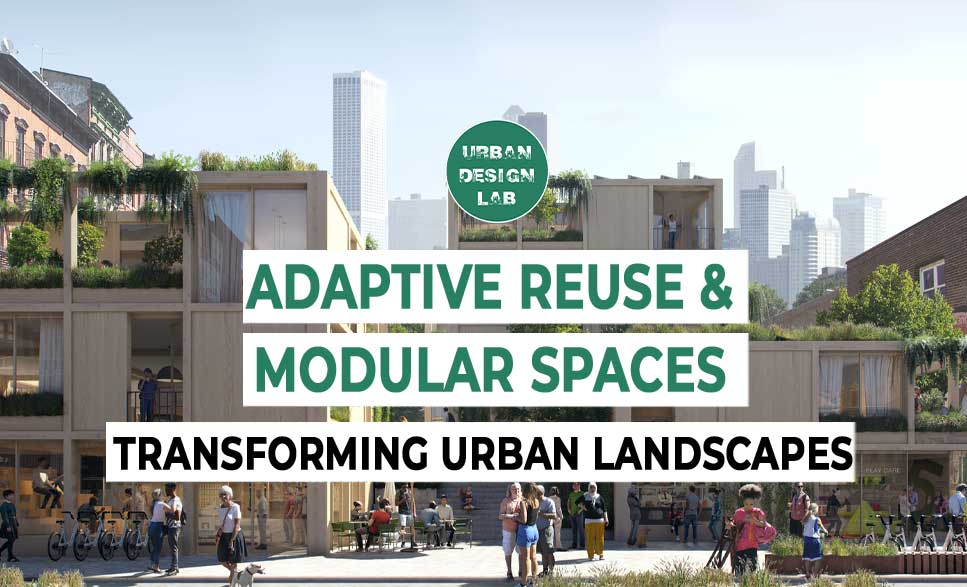
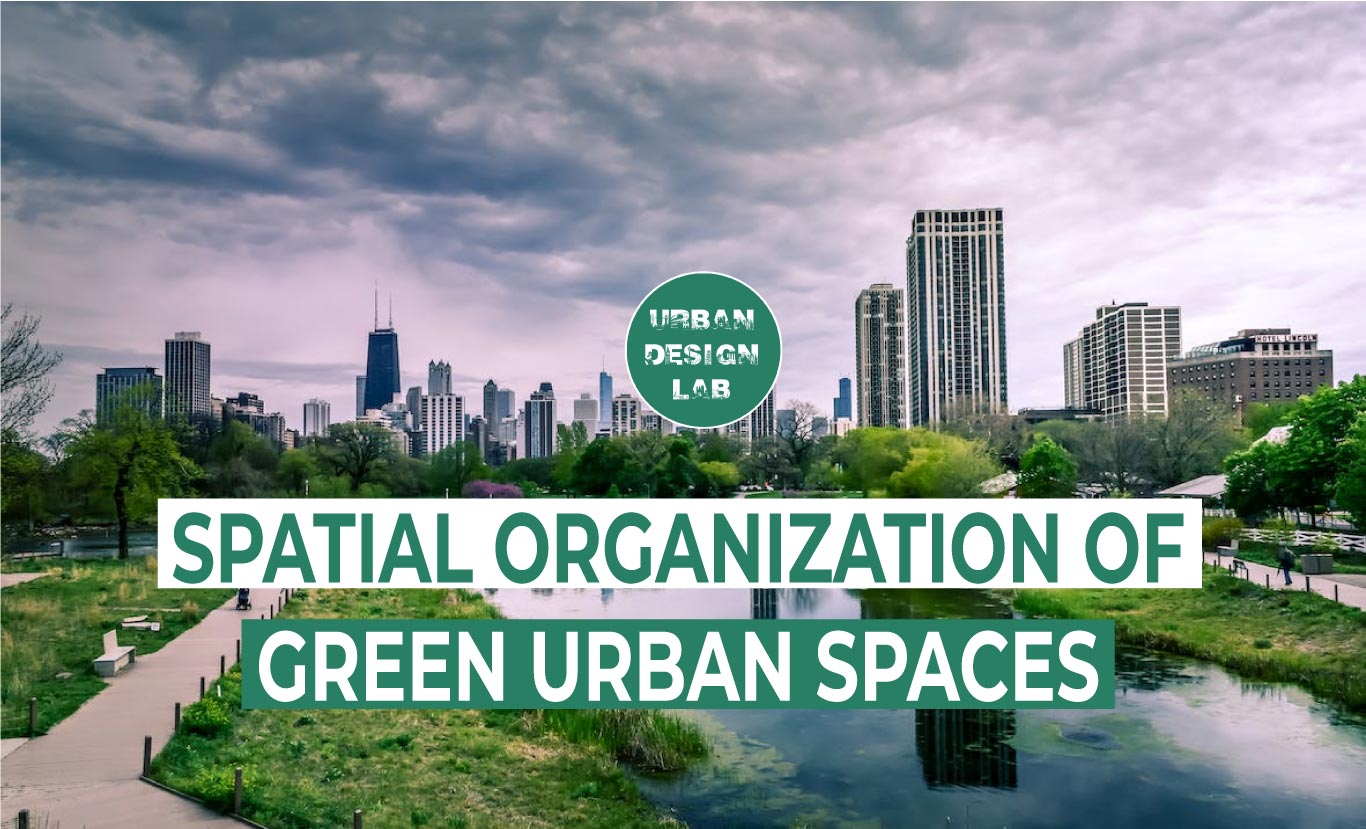
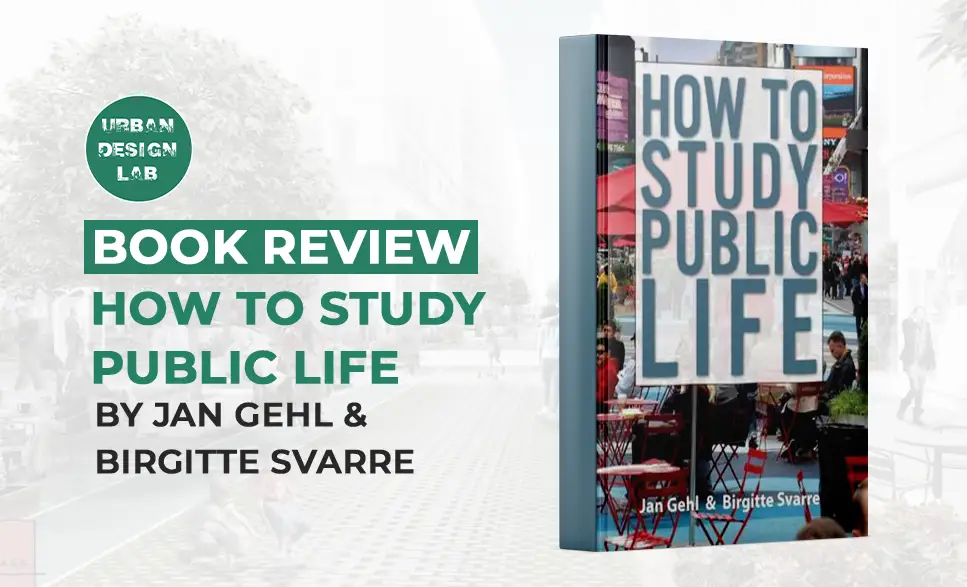
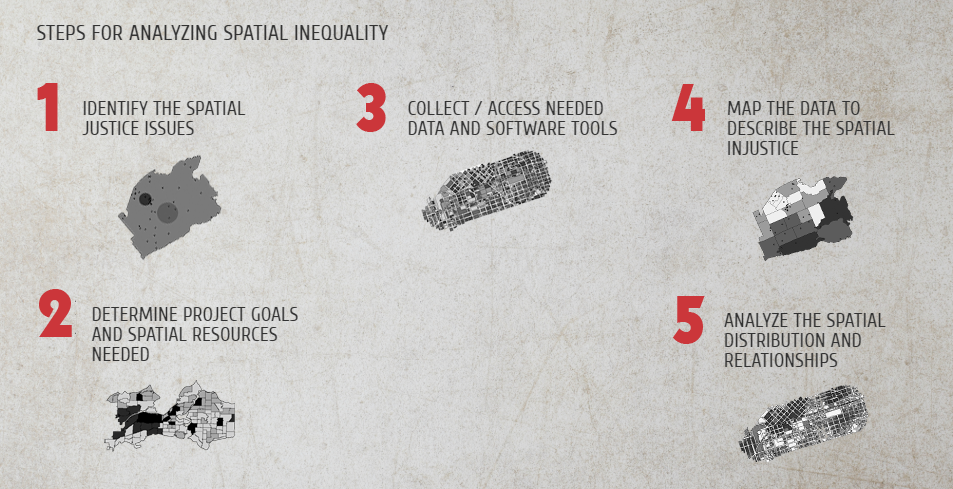
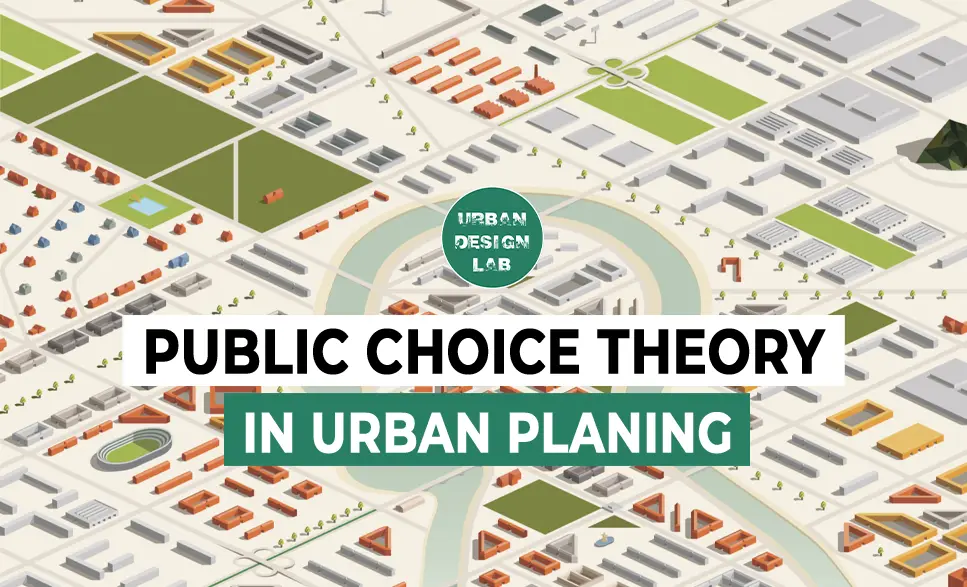

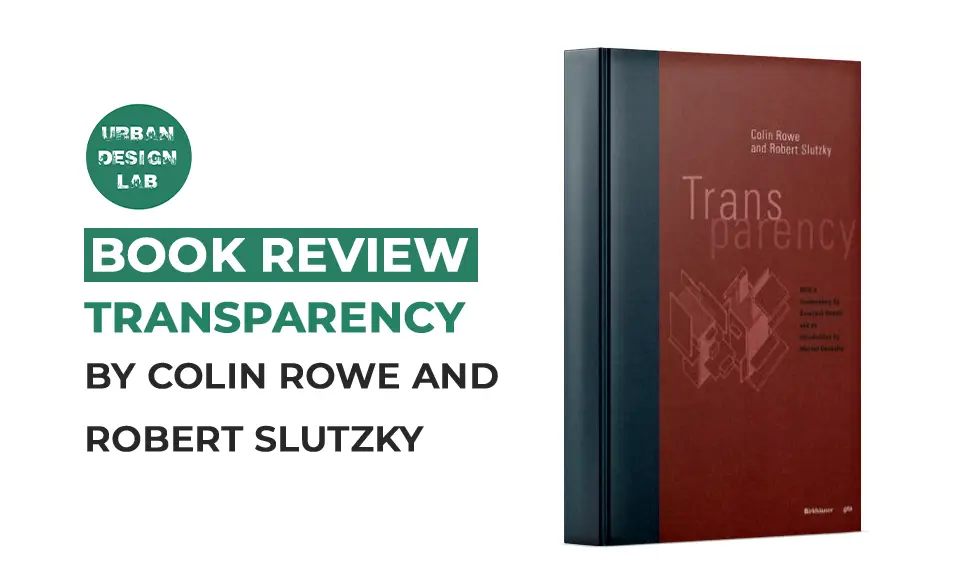

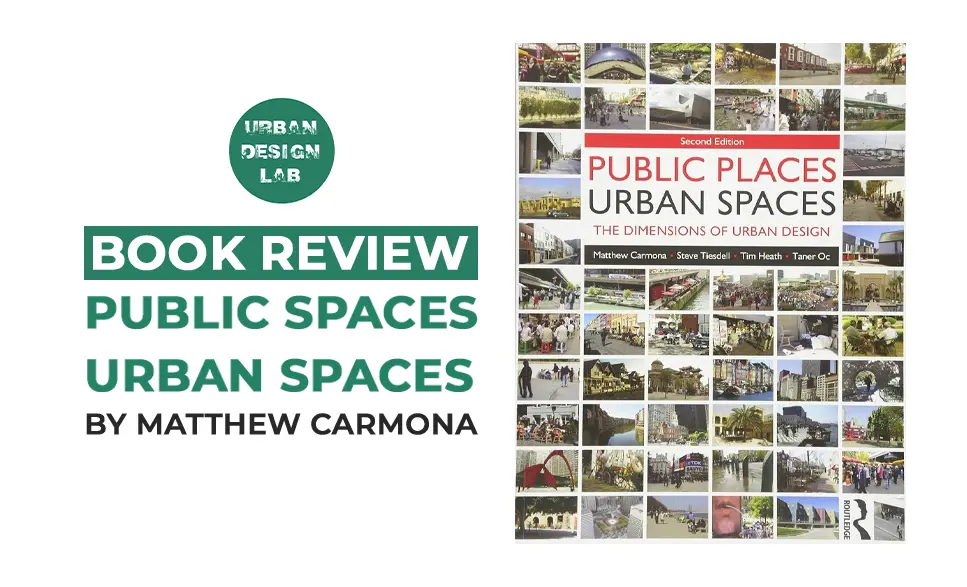
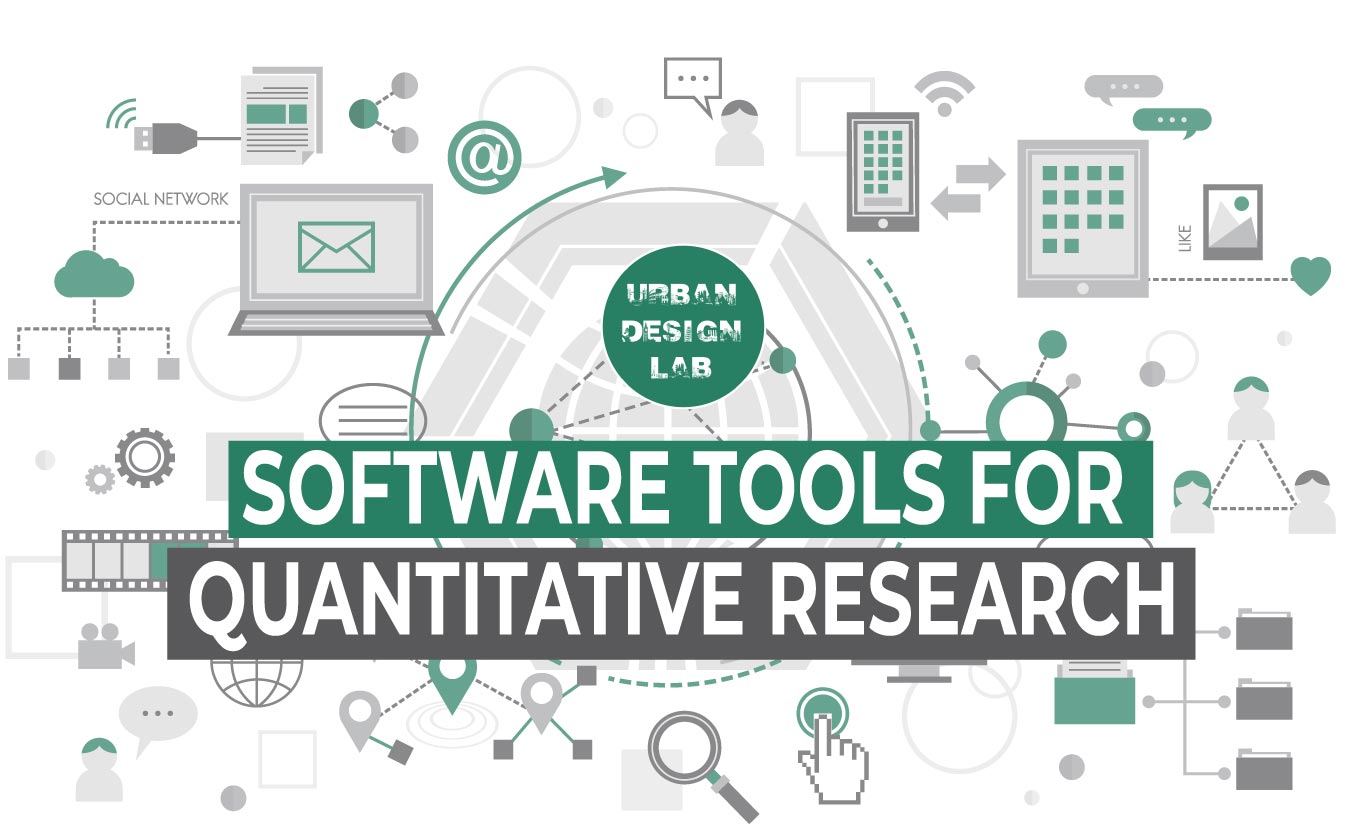
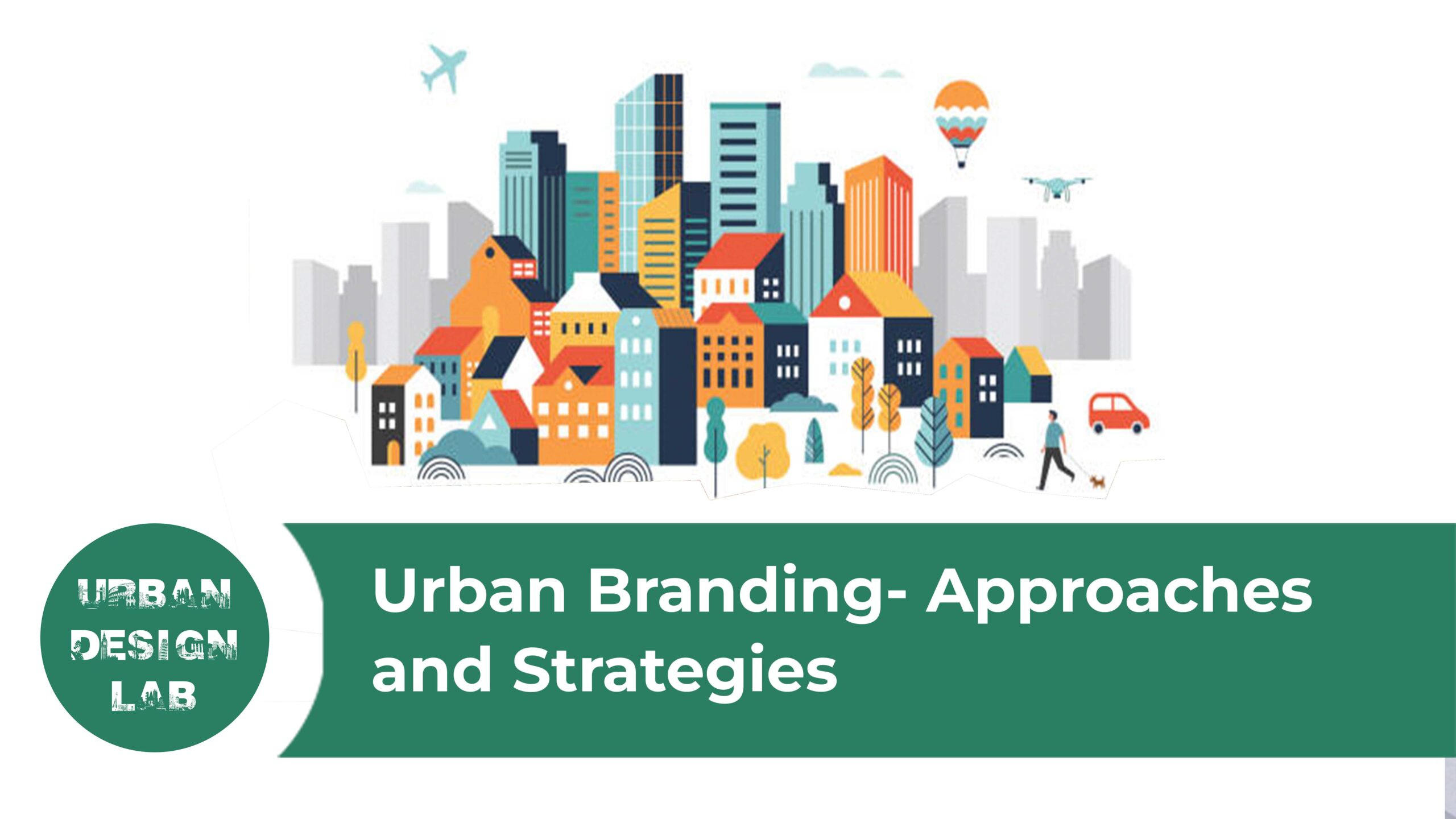
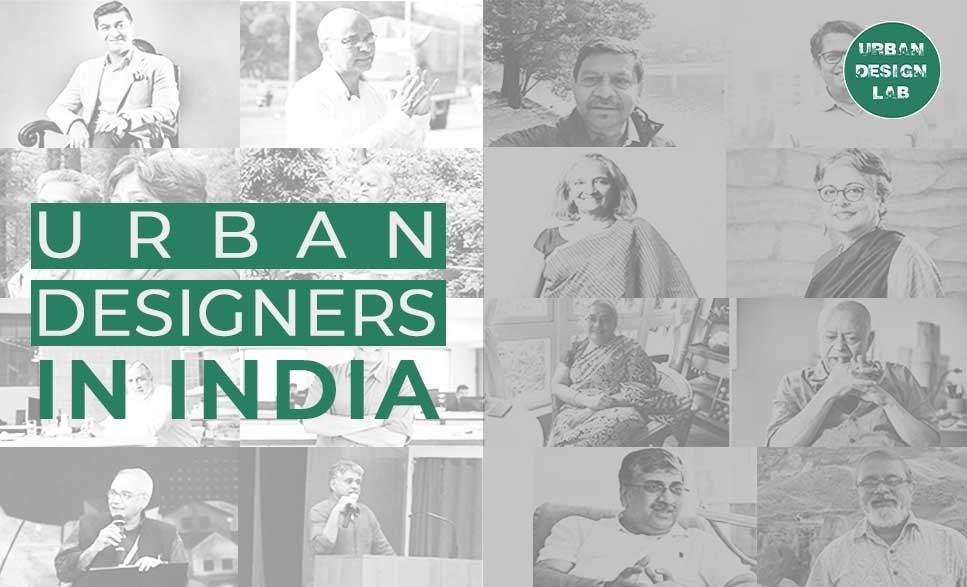
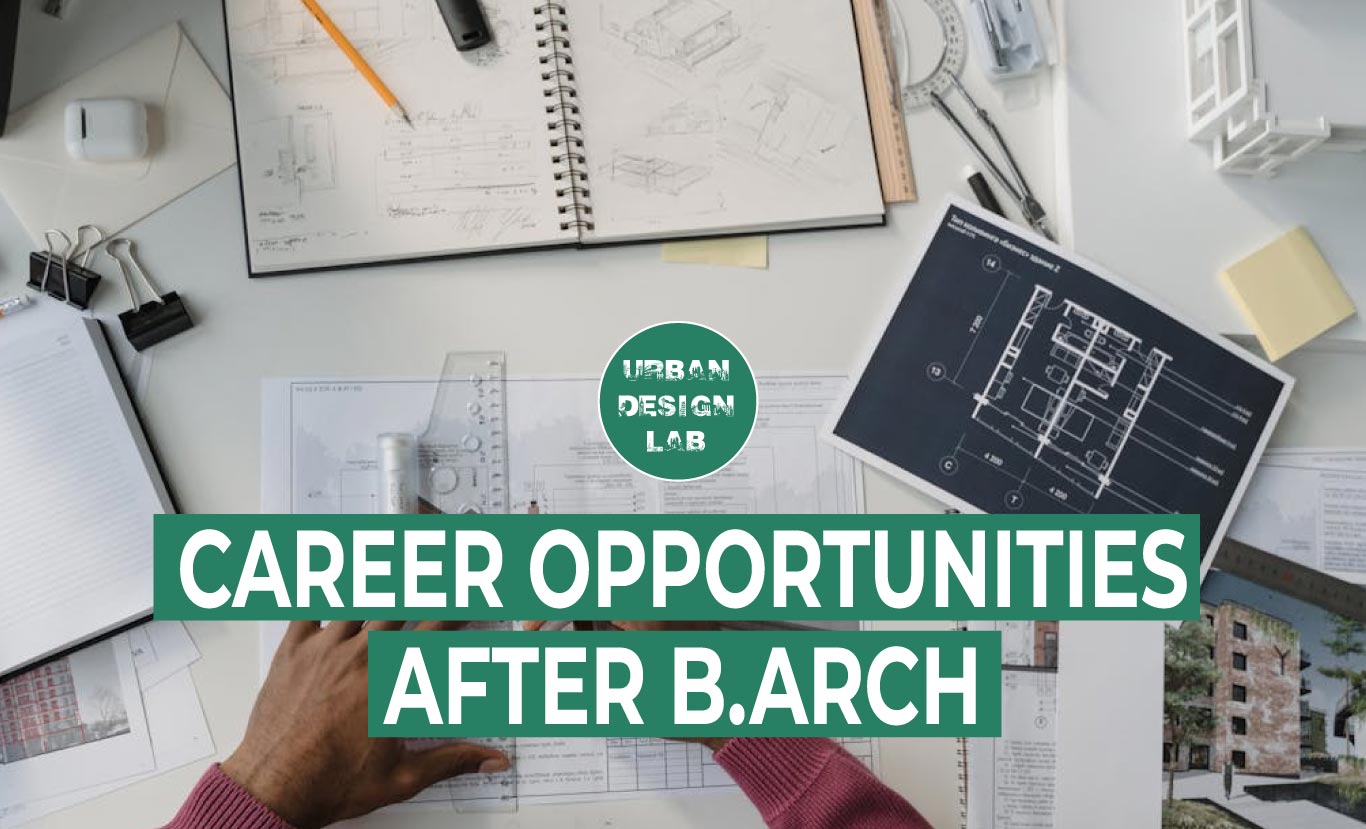



One Comment
This article is excellent at informing readers about two foundational intellectual frameworks in Urban Morphology. I humbly suggest, however, that it misses an opportunity to really compare the historico-geographical and syntactical approaches. Further, many statements contained herein misrepresent authors’ ideas. For example, attributing ideas about urban morphology’s links to AI and Climate Change to research published in the late 1990s is fundamentally inaccurate. Related to this, having a section titled ’emerging trends’ and only using sources that are 41, 28, and 27 years old is an extremely odd choice. The only evidence that more contemporary ideas inform this article’s content is found in the reference list, but those sources have no attribution in your article.
This is a great first draft outlining some of the elements you’d like to discuss, but it needs fleshing out.